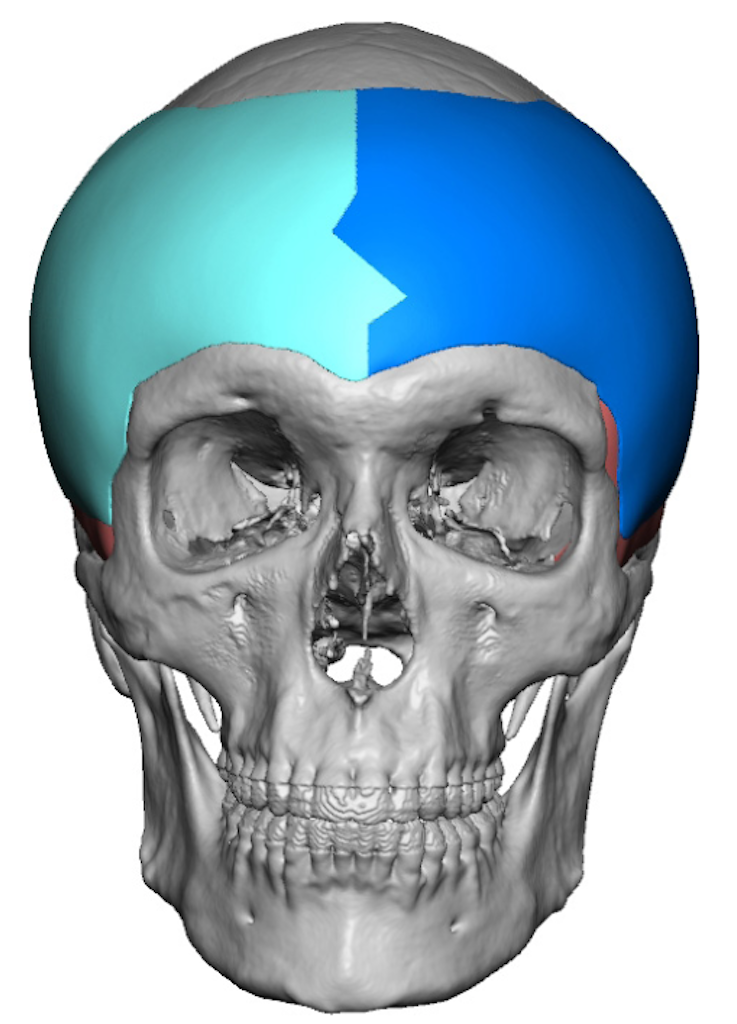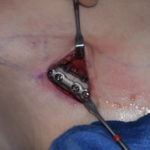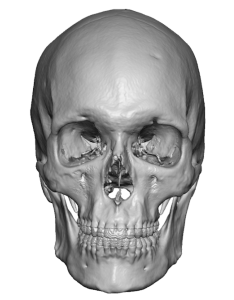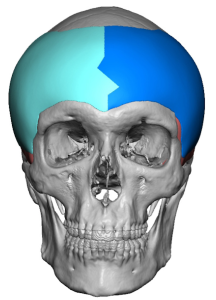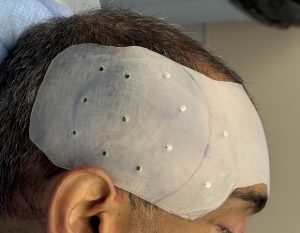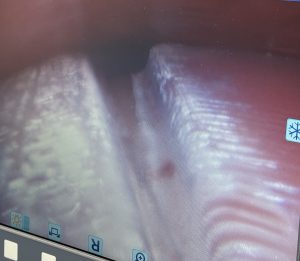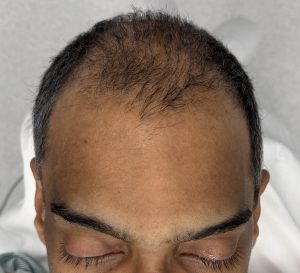Understanding Scaphocephaly
Scaphocephaly refers to a narrow head shape. In its most severe form—sagittal craniosynostosis—the head appears both very narrow and elongated due to premature closure of the sagittal suture. This medical condition is typically treated with early cranial vault remodeling surgery.
However, most cases of scaphocephalic head shape are mild, purely aesthetic, and occur with a normal sagittal suture line. These cases present with a narrowed bitemporal width, often giving the forehead a pinched appearance despite a normal or near-normal anteroposterior cranial length.
Correction of aesthetic scaphocephaly requires a custom skull implant. The implant design must wrap around the sides of the head and cross the bony temporal line of the forehead, ensuring a smooth and continuous contour. This involves placing the implant on top of the deep temporal fascia and muscle, allowing it to blend seamlessly with the bony forehead.
Case Presentation
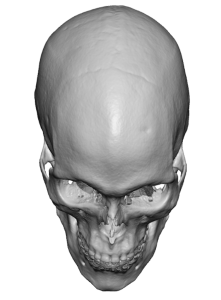
- Mildly narrow head shape without elongation
- Triangular forehead with a small metopic ridge
- Backward slope of the upper lateral forehead, contributing to the pinched appearance
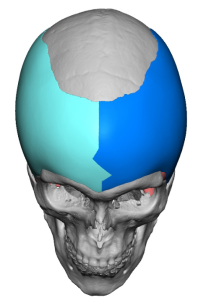
- Extend from the posterior bony temporal line
- Wrap around the sides of the forehead
- Meet in the midline, covering the entire forehead for a smoother contour
A broken geometric seam was incorporated into the midline design to aid intraoperative placement. The total implant volume was 110cc.
Surgical Approach
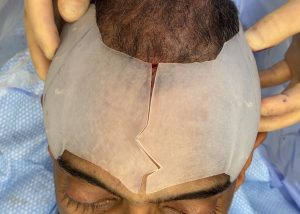
- Bilateral postauricular (behind the ears)
- Small frontal hairline incision
A subperiosteal pocket was developed over the bony forehead, while a suprafascial pocket was created on the sides of the head. The implants were first demonstrated externally to illustrate their positioning.
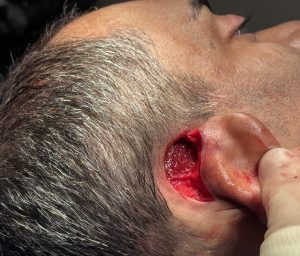
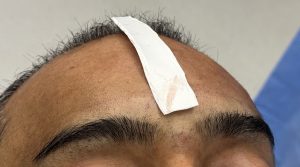
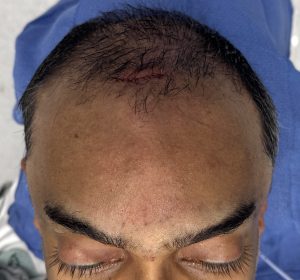
Key Surgical Considerations
One of the most important decisions in aesthetic head widening is whether the augmentation should extend onto the forehead or remain between the anterior and posterior bony temporal lines:
- If the forehead sides are normal, the implant can remain confined to the temporal region, placed under the muscle or under the deep temporal fascia. This approach offers advantages of minimal infection risk, low chance of seroma, and virtually no edge visibility—achieved entirely through the postauricular incision.
- If the forehead is also narrowed, the implant must cross onto the forehead for a continuous, smooth contour. This requires placement above the deep temporal fascia, increasing risks of fluid collection and edge visibility. It also necessitates a frontal hairline incision for optimal positioning.
When the implant covers the entire forehead, achieving a tight midline seam is technically challenging and may require supplemental material to prevent visible separation postoperatively.
Takeaway Points
? Scaphocephalic head shape can be effectively improved with a custom-designed head widening implant based on a 3D CT scan.
? Implant design must carefully consider maximal projection, whether augmentation needs to cross onto the forehead, and the optimal location of the split line.
? The primary incision for implant placement is behind the ears, often supplemented with small scalp incisions for precise dissection and positioning.

